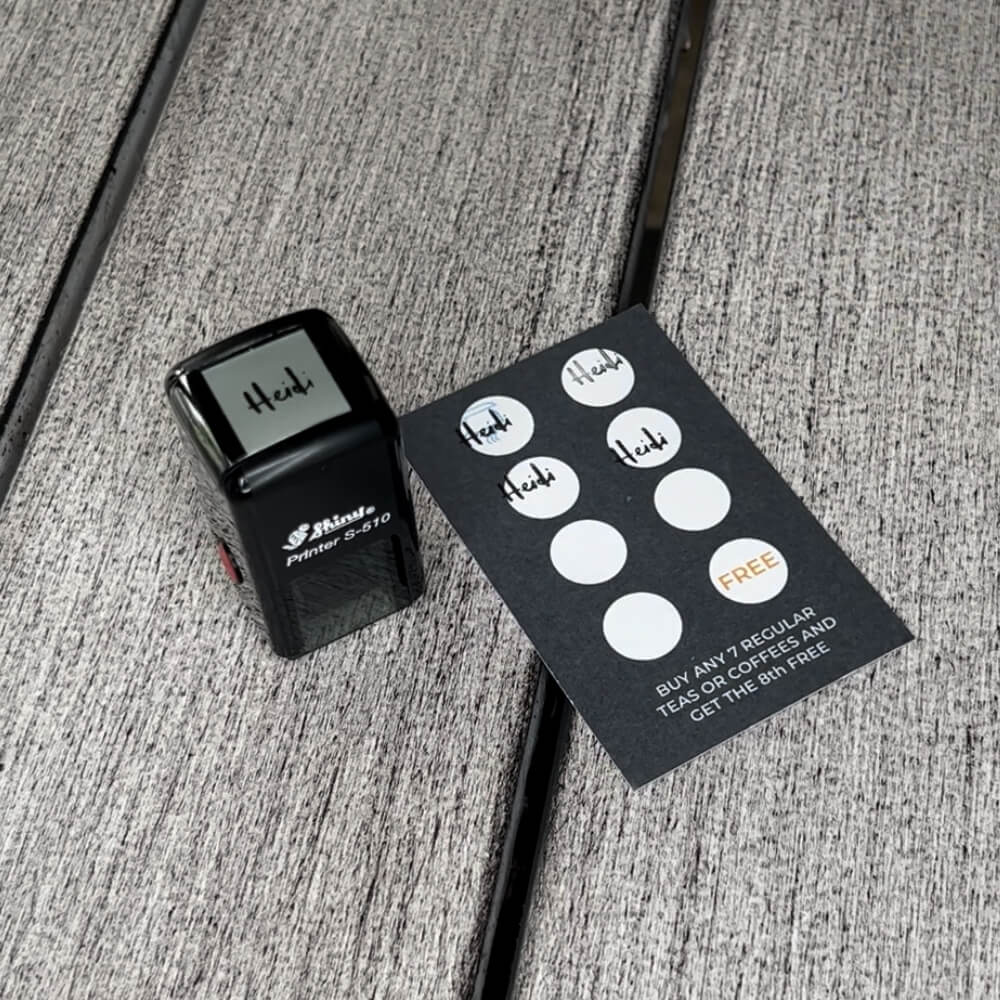The Importance of Frozen Food Packaging Ensuring Quality and Convenience
In today’s fast-paced world, frozen foods have become a staple in the diets of many individuals and families. The convenience they offer—combined with extended shelf life—makes them an attractive choice for busy consumers. However, the effectiveness of frozen food products largely relies on the quality of their packaging. Proper frozen food packaging is crucial for maintaining product integrity, ensuring safety, and providing consumers with a satisfactory experience. This article explores the essential features and innovations in frozen food packaging.
Preservation of Quality
One of the primary functions of frozen food packaging is to preserve the quality of the food inside. Quality preservation is achieved through materials that provide a barrier against moisture, oxygen, and light. Polyethylene and polypropylene are commonly used materials due to their excellent sealing properties and resistance to moisture. These materials play a critical role in preventing freezer burn, a condition caused by the sublimation of ice crystals when food is improperly stored. Freezer burn not only affects the appearance of food but can also lead to loss of flavor and nutrients.
Moreover, the packaging must be designed to withstand low temperatures without becoming brittle. Innovative materials that are specifically engineered for frozen food applications contribute to improved durability and usability. This ensures that the packaging remains intact during handling and storage, ultimately safeguarding the quality of the food inside.
Food Safety
Frozen food packaging also addresses vital food safety concerns. Foodborne illnesses remain a significant public health threat, and proper packaging helps mitigate these risks. High-quality packaging materials are designed to inhibit the growth of bacteria and extend the shelf life of perishable items. In addition, tamper-proof seals and transparent observation windows provide consumers with visual assurance that the product is safe for consumption.
Furthermore, packaging should comply with regulatory standards set by organizations such as the U.S. Food and Drug Administration (FDA) to ensure that any materials in contact with food are safe and non-toxic. Regular testing for chemical migration and safety helps ensure that consumers can trust the packaging they encounter in stores.
frozen food packaging

Convenience and Sustainability
In recent years, convenience has become a significant trend in frozen food packaging. Consumers appreciate packaging that is easy to open, resealable, and portion-controlled. Innovations such as microwave-safe packaging allow for quick meal preparation, catering to the needs of busy families. Additionally, clear labeling with easy-to-read information on ingredients, nutritional values, and cooking instructions further enhances user experience.
However, the rising demand for convenience has also raised concerns regarding environmental sustainability. Traditional frozen food packaging materials, such as single-use plastics, contribute to the growing waste problem. In response, many manufacturers are exploring eco-friendly alternatives. Biodegradable, compostable, and recyclable packaging solutions are gaining traction in the industry. These sustainable materials aim to keep the balance between convenience and environmental responsibility, presenting an opportunity for brands to appeal to eco-conscious consumers.
Innovations in Freezing Technology
Advancements in freezing technology are also influencing frozen food packaging. For instance, flash freezing processes preserve the texture and flavor of food more effectively than traditional methods. This complements modern packaging technologies designed to maintain the product's freshness. Innovative packaging concepts, such as vacuum sealing and modified atmosphere packaging, are also on the rise, further enhancing food preservation.
The Future of Frozen Food Packaging
As consumer preferences continue to evolve, the future of frozen food packaging is expected to emphasize even more on sustainability, safety, and convenience. The integration of technology—such as smart packaging that can monitor freshness or communicate with mobile devices—opens new possibilities for enhancing consumer engagement.
In conclusion, the importance of frozen food packaging cannot be overstated. It plays a vital role in ensuring the quality, safety, and convenience of frozen food products. As the industry navigates the challenges and opportunities of modern consumer demands, innovations in packaging materials and technologies will continue to shape the landscape of frozen foods for years to come. Emphasizing sustainability alongside functionality will make frozen food packaging not only efficient but also responsible, catering to an ever-growing market that values health and the environment.



